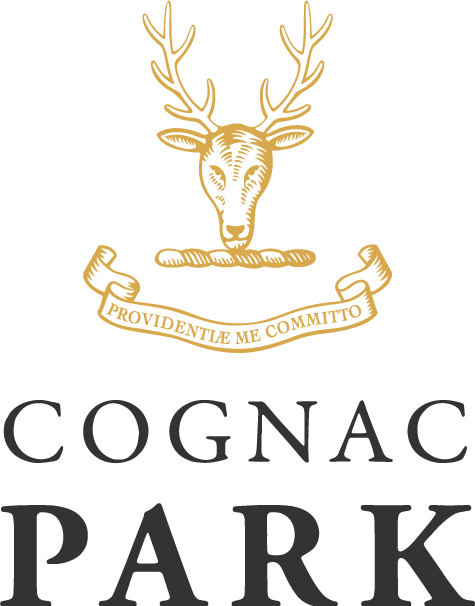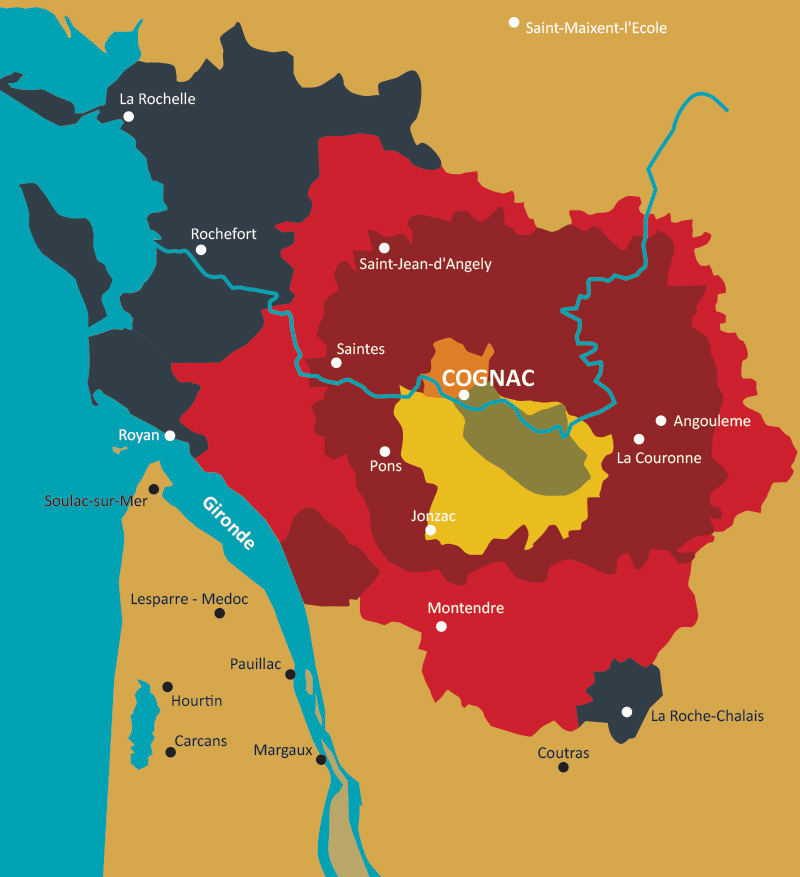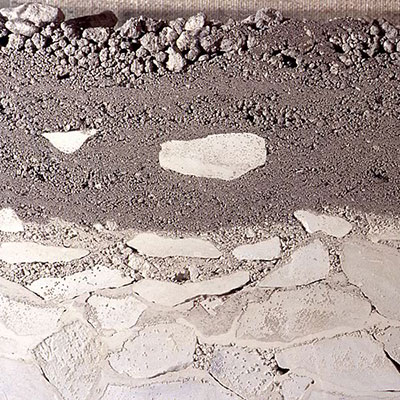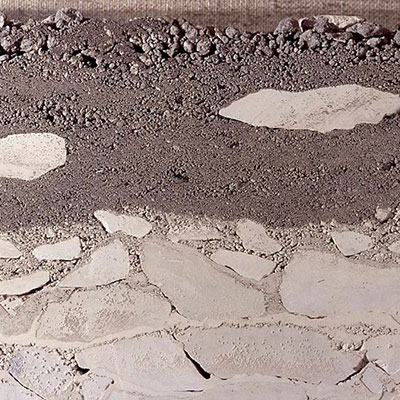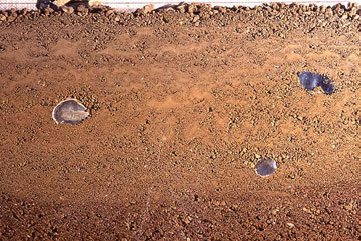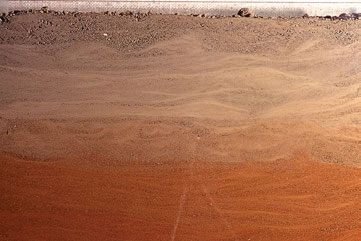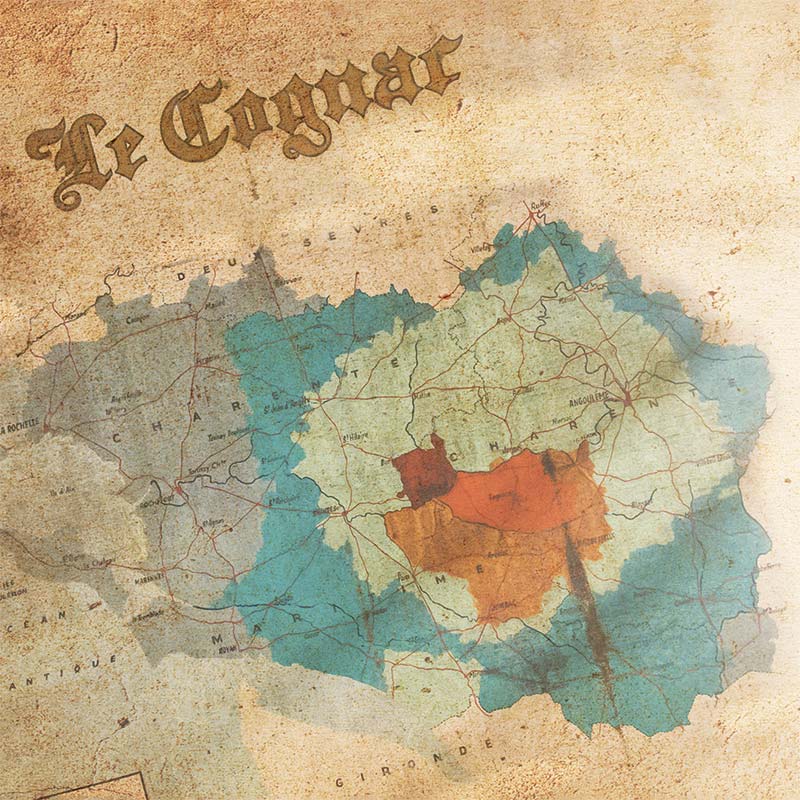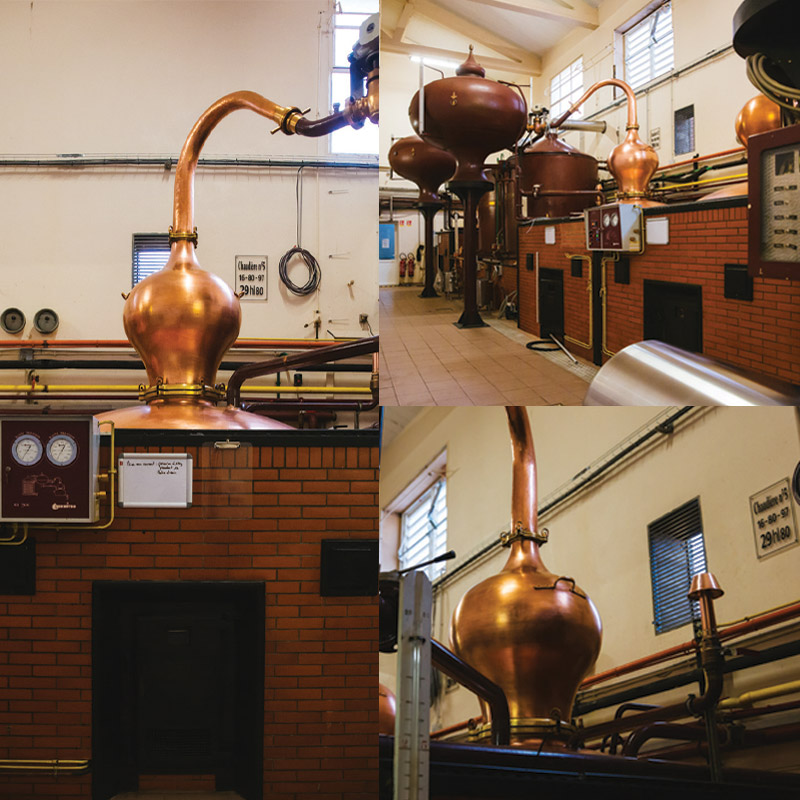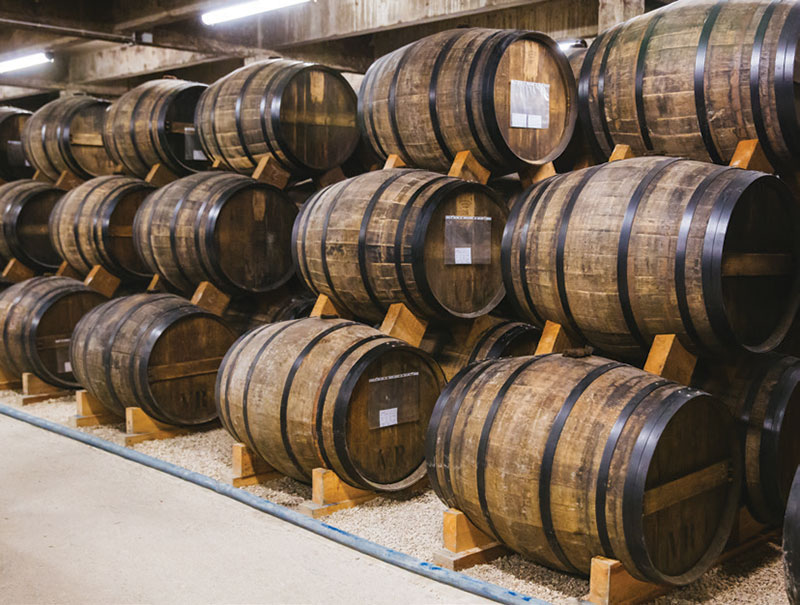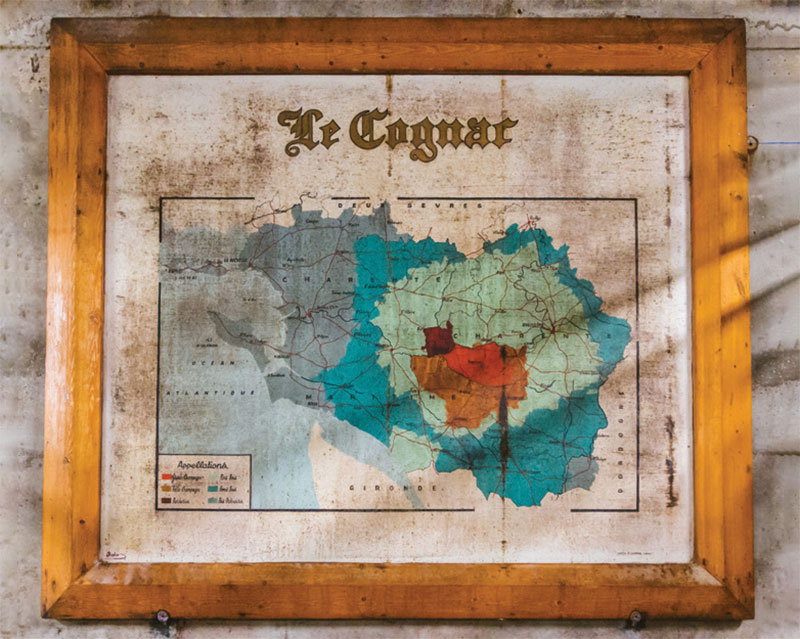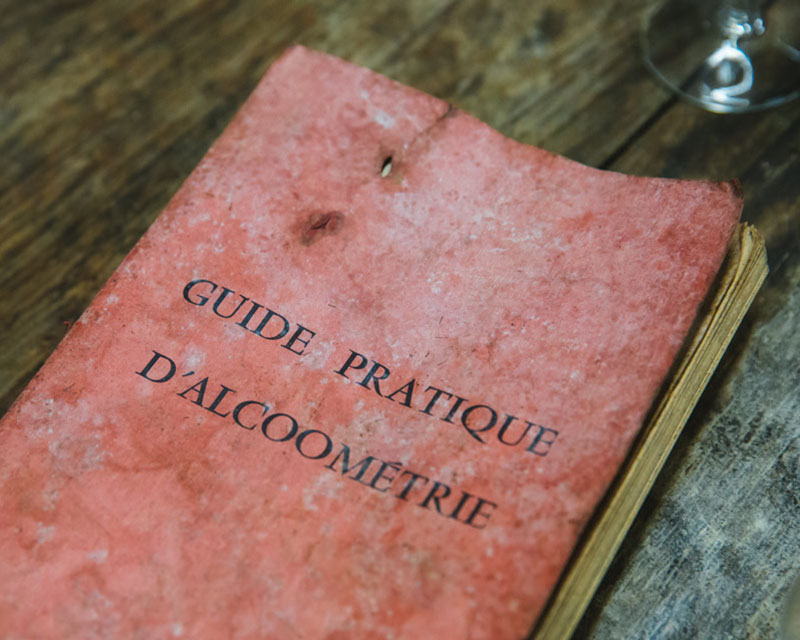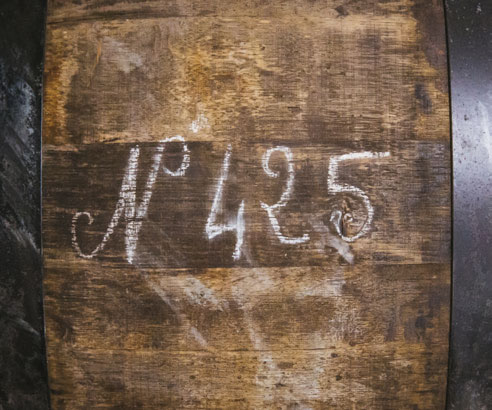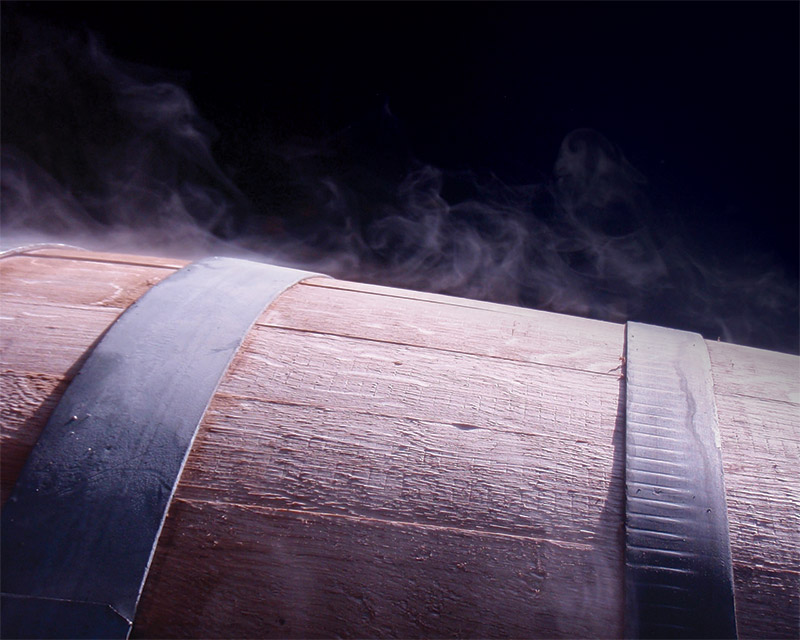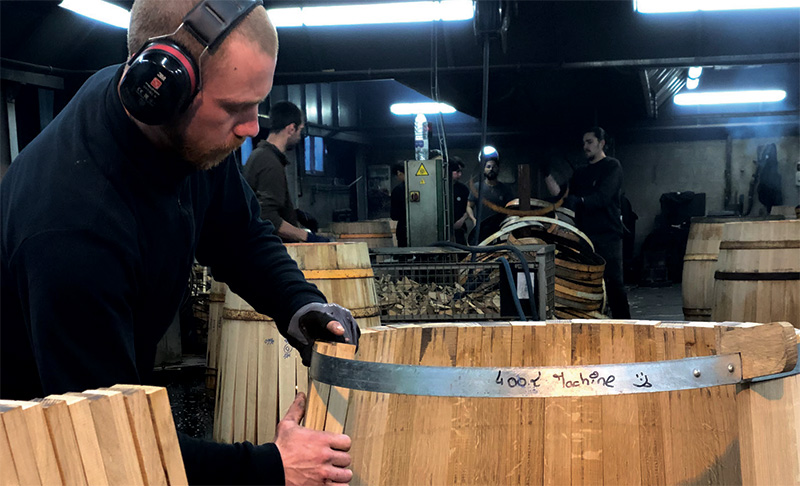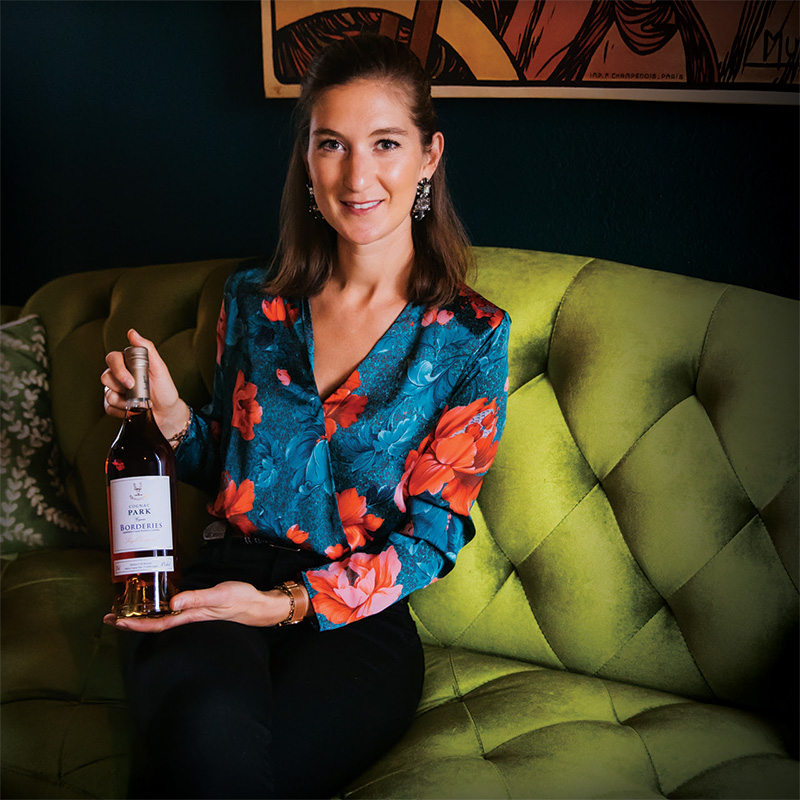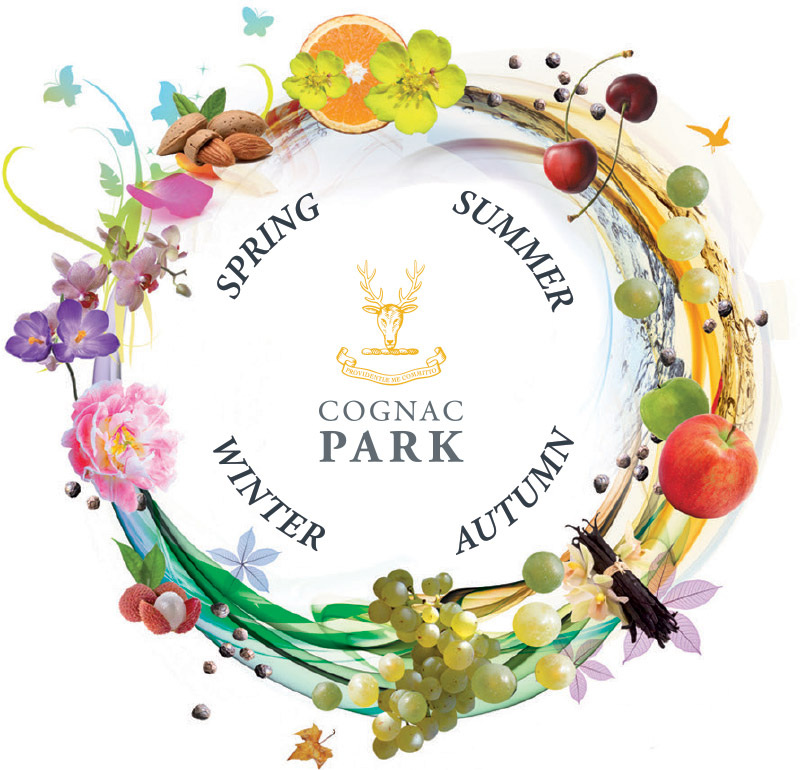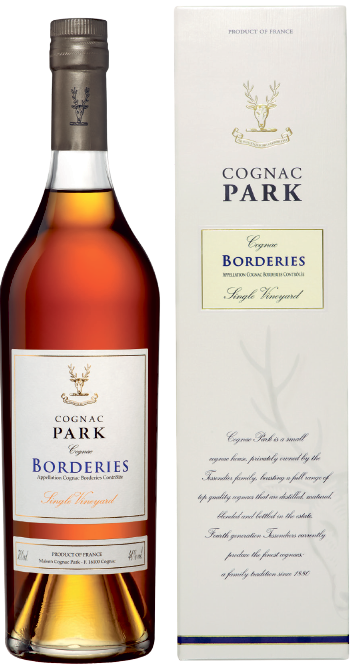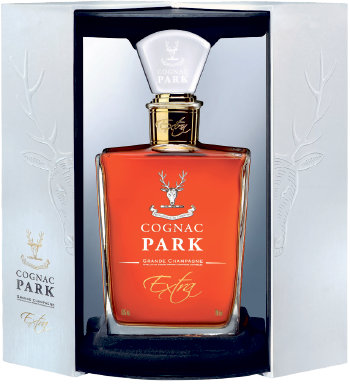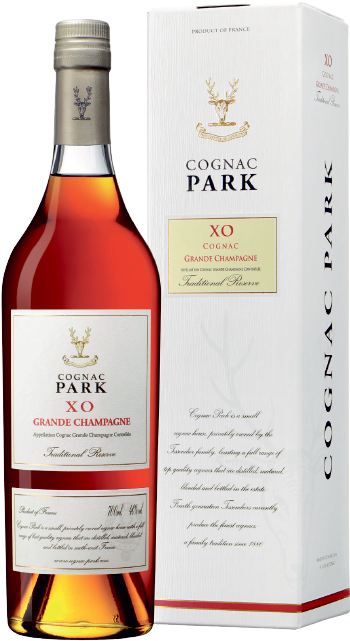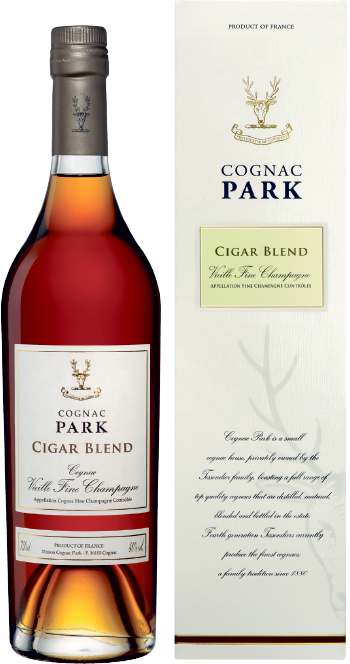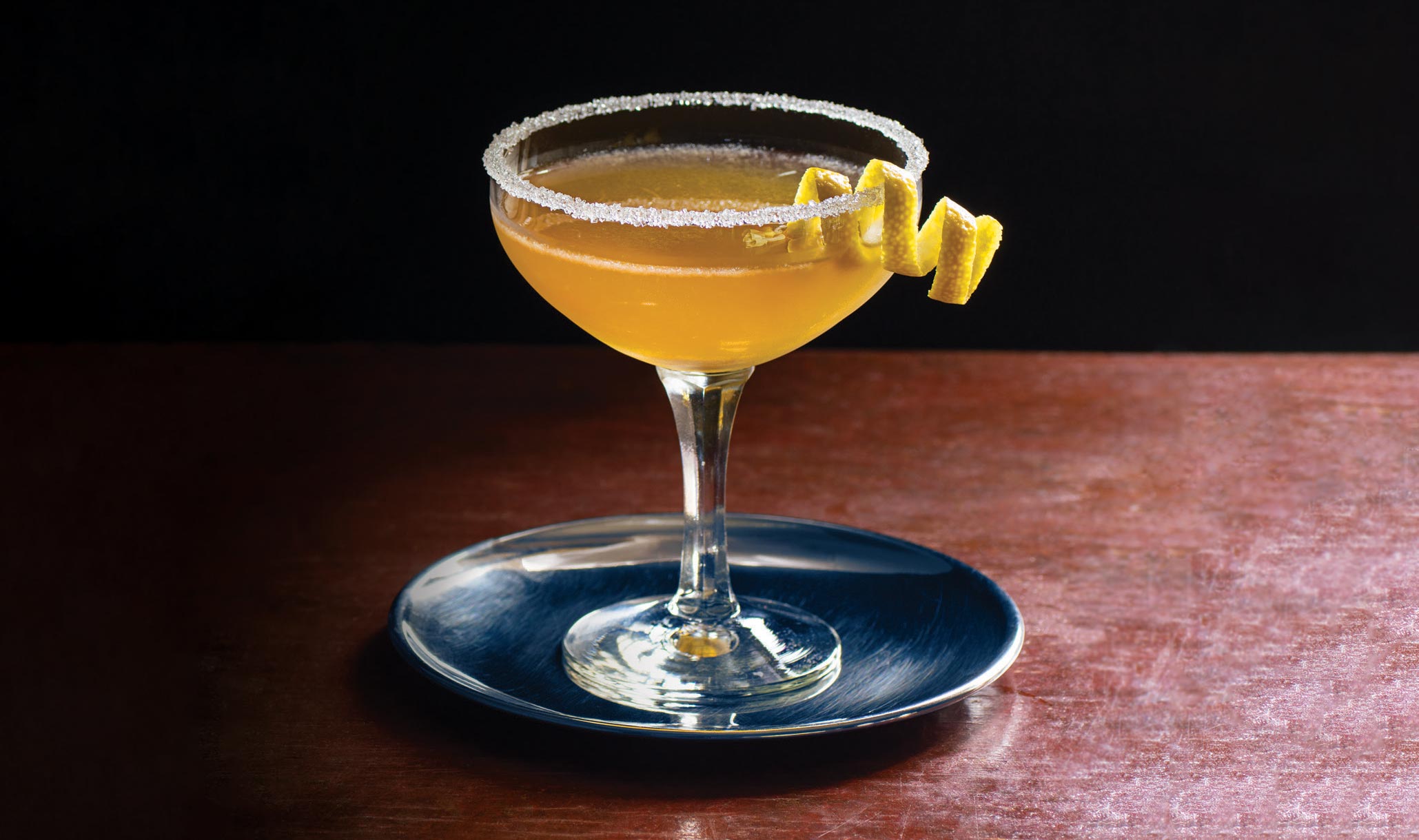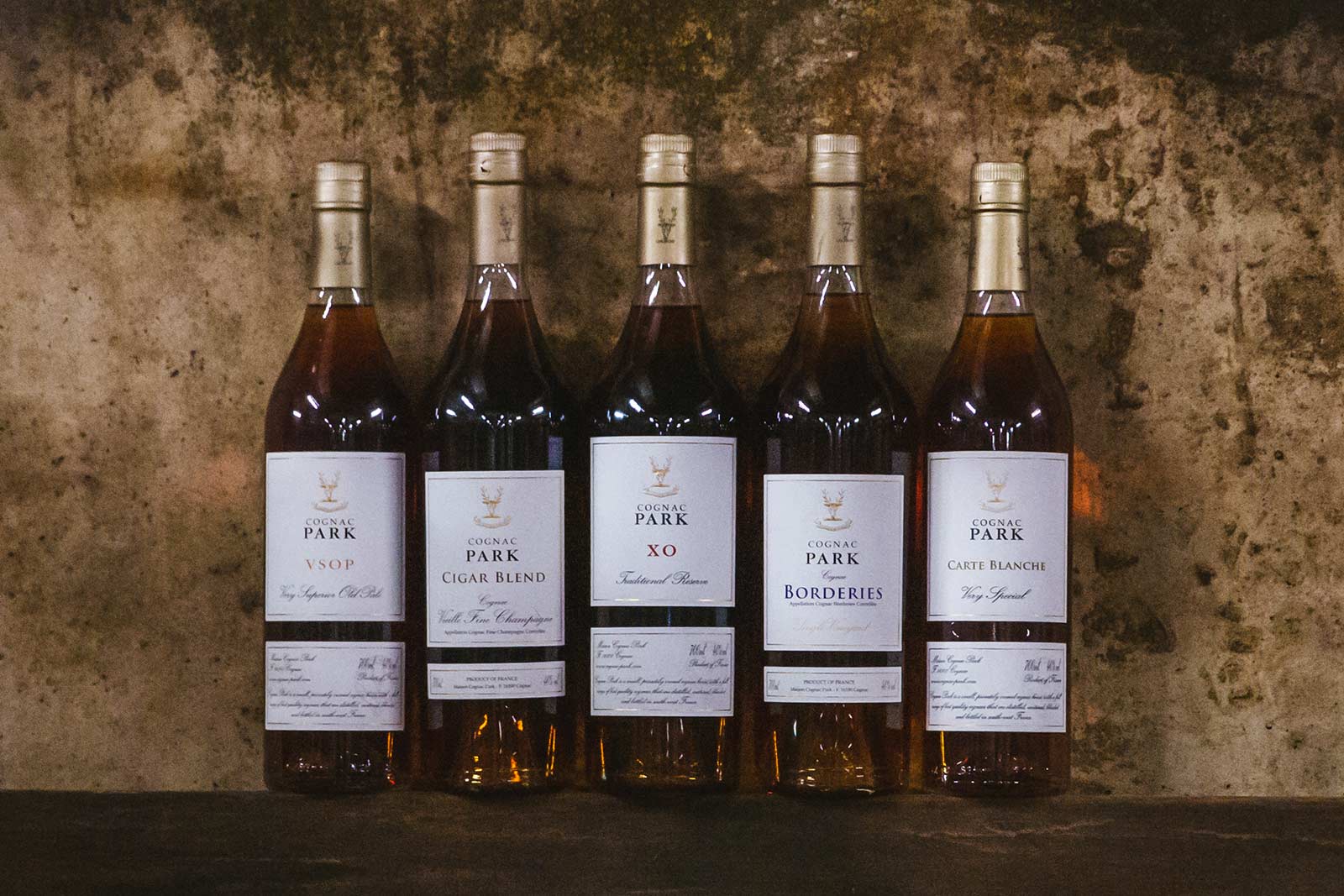
The premier brand from Distillerie Tessendier
Cognac Park is the premier brand from Distillerie Tessendier, a Cognac house established in 1880. Today, in its fourth generation of family ownership, the distillery and vineyards are composed within an estate of more than 60 acres in the heart of one of the most exclusive growing areas of Cognac: The Borderies. Fourth-generation brothers and Master Blenders, Lilian and Jérôme Tessendier, expertly compose their blends with extreme attention to detail. The wines that are used in the distillation of Cognac Park come from four crus within the Cognac region: Grand Champagne, Petite Champagne, Borderies, and Fins Bois. Each year, the Tessendier family distills its Cognacs from the 3,000 hectoliters of wine produced on its own estate and buys another 40,000 hectoliters from winemakers, maintaining relationships that span several generations.


